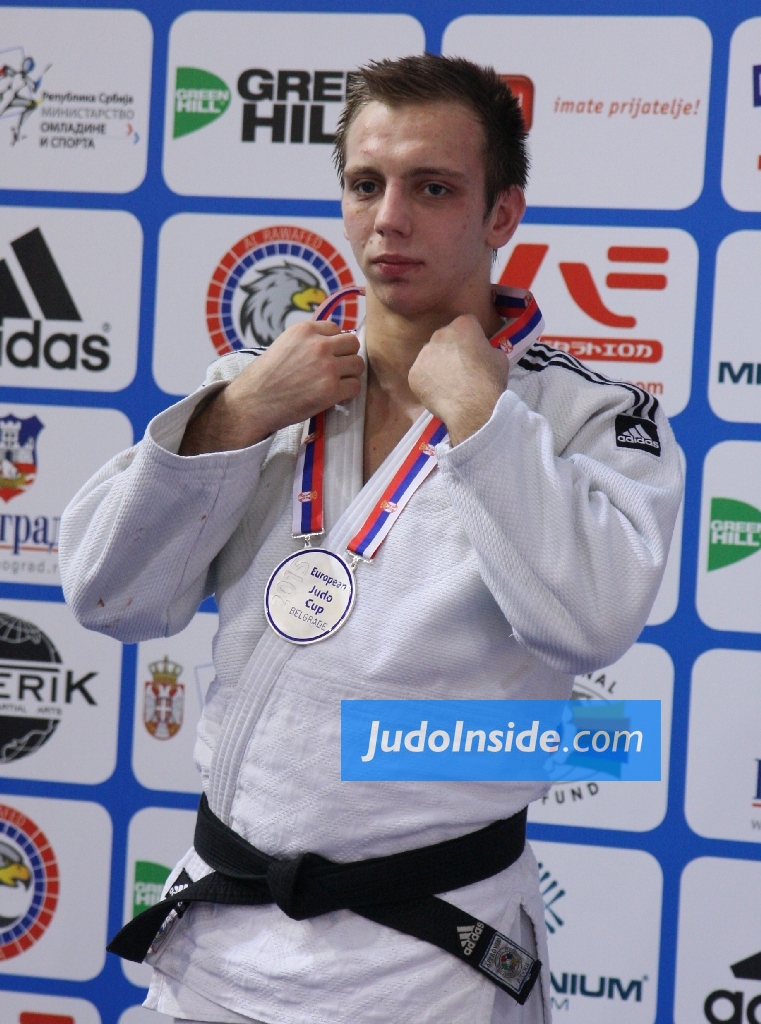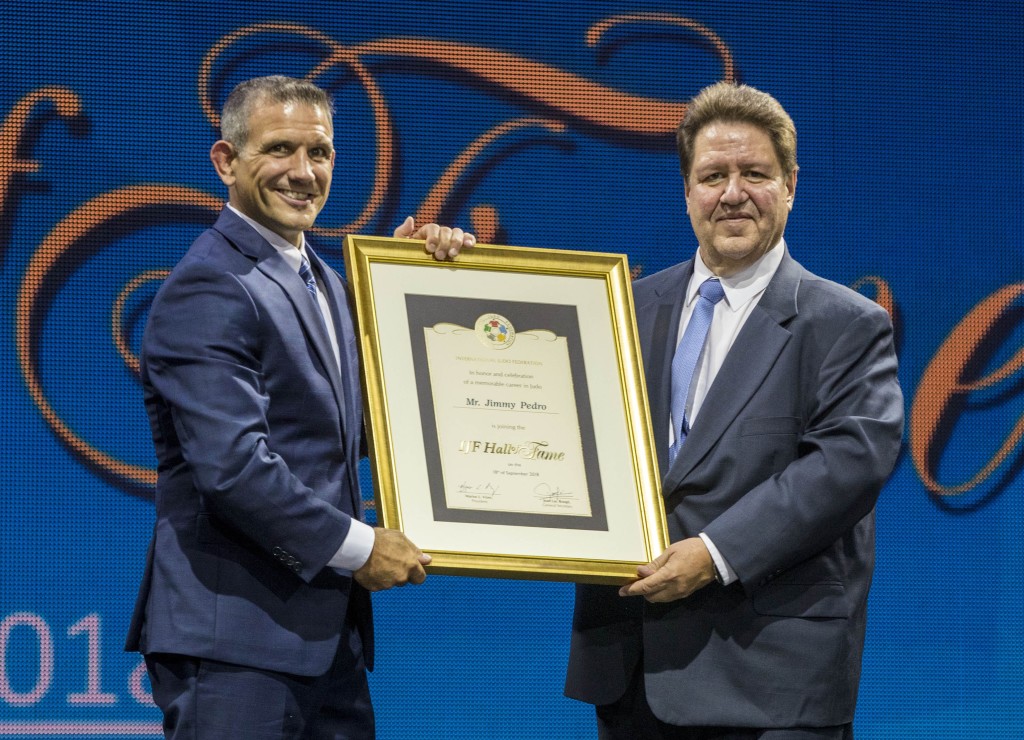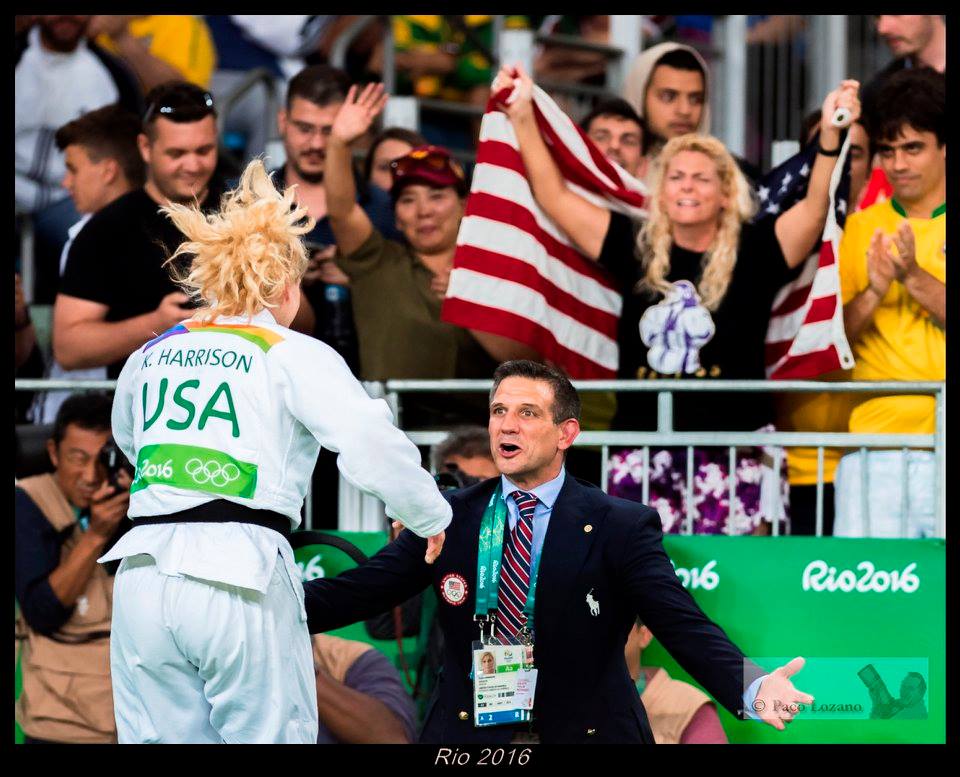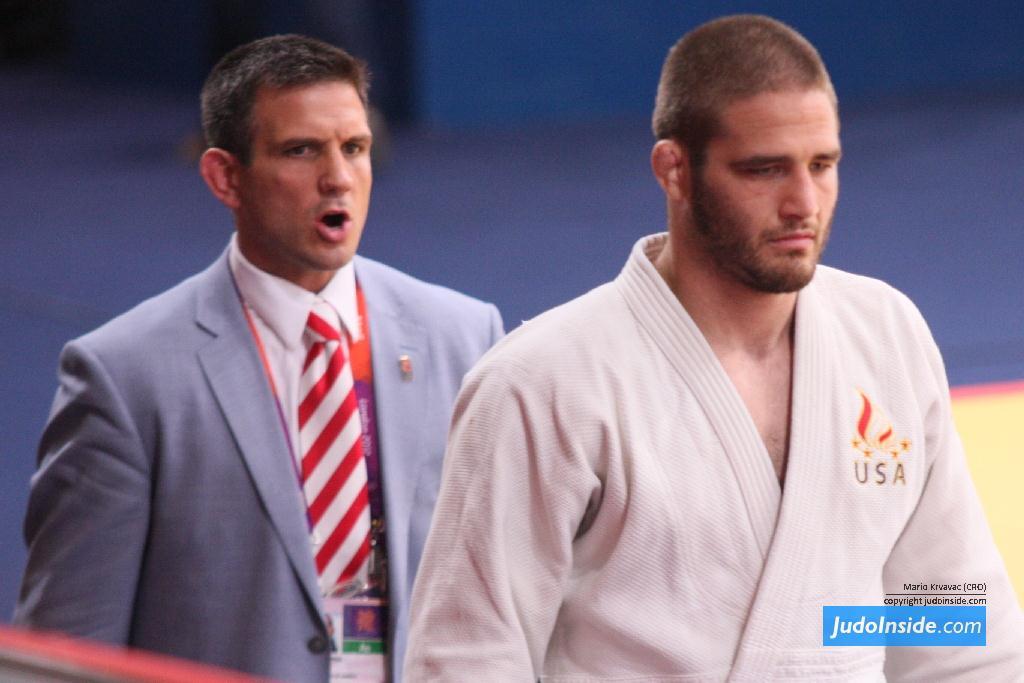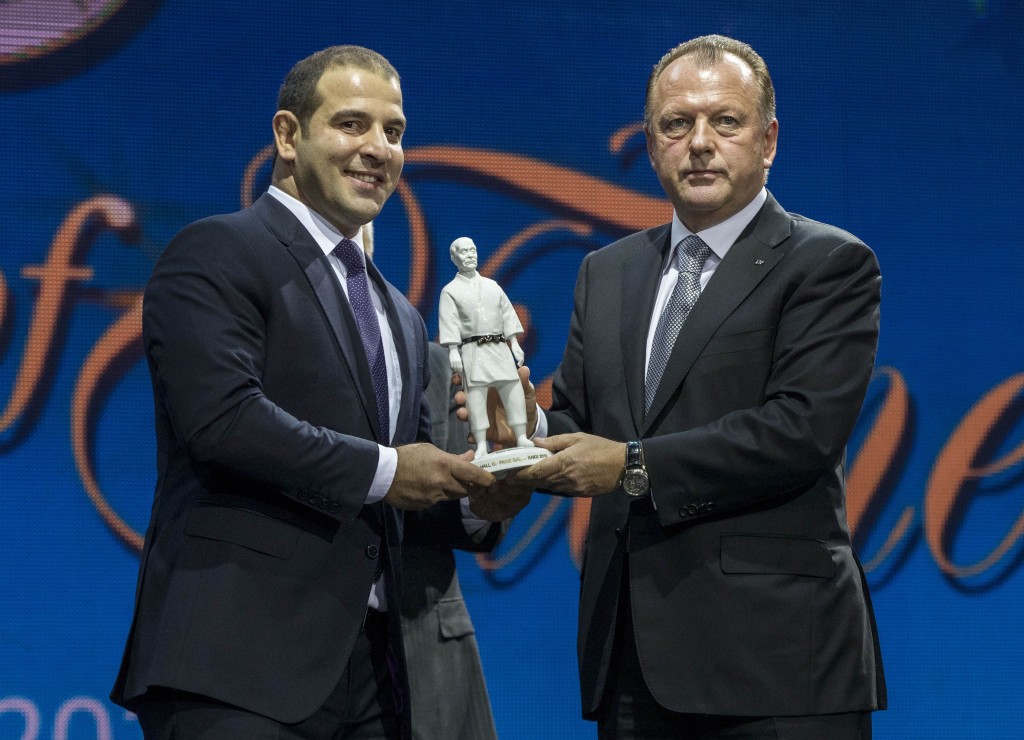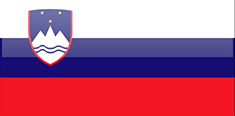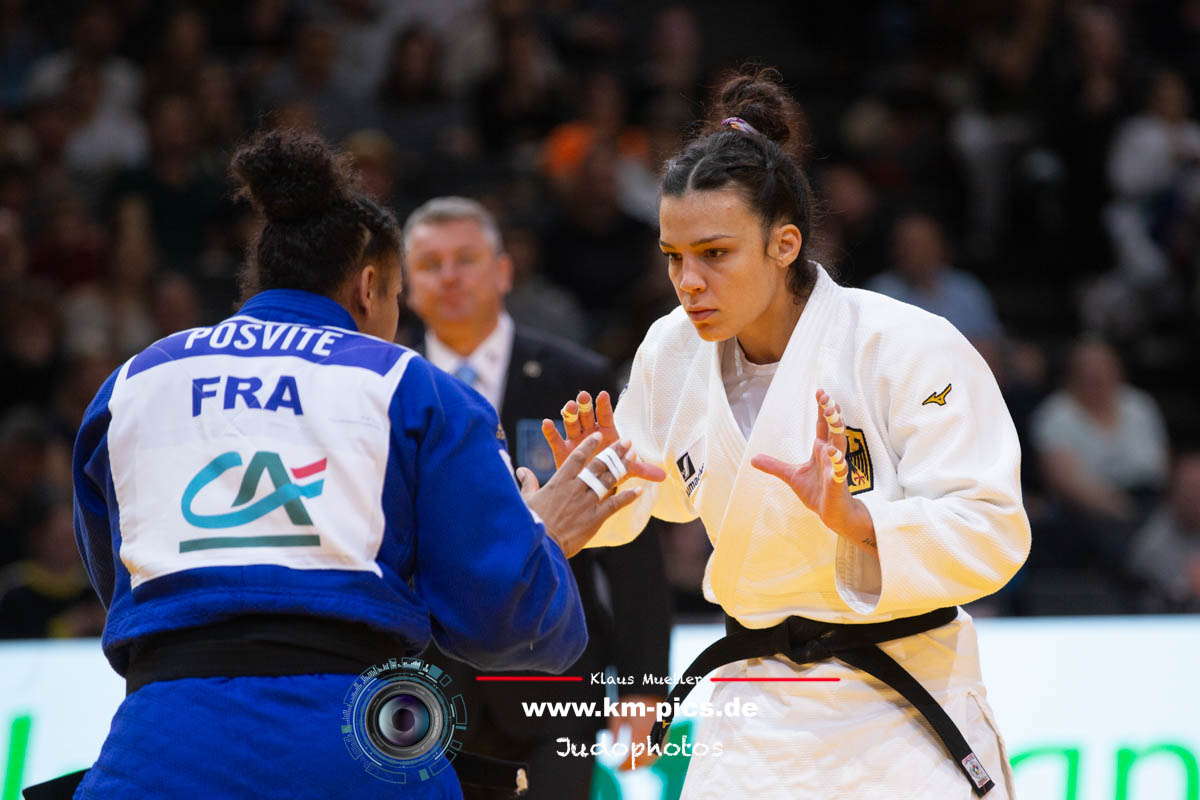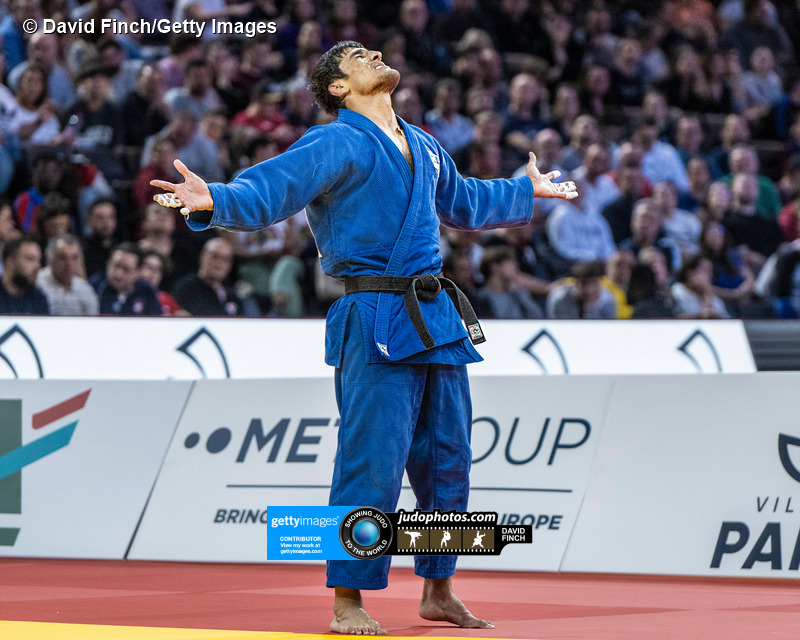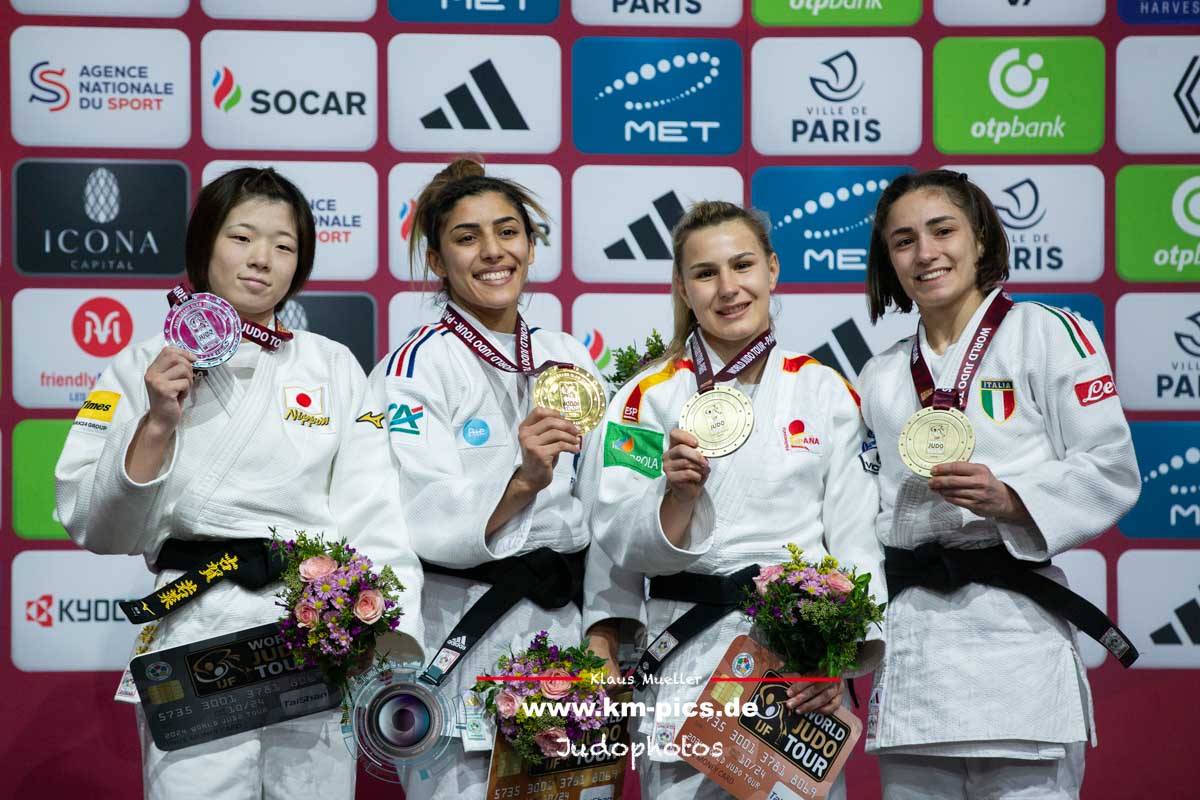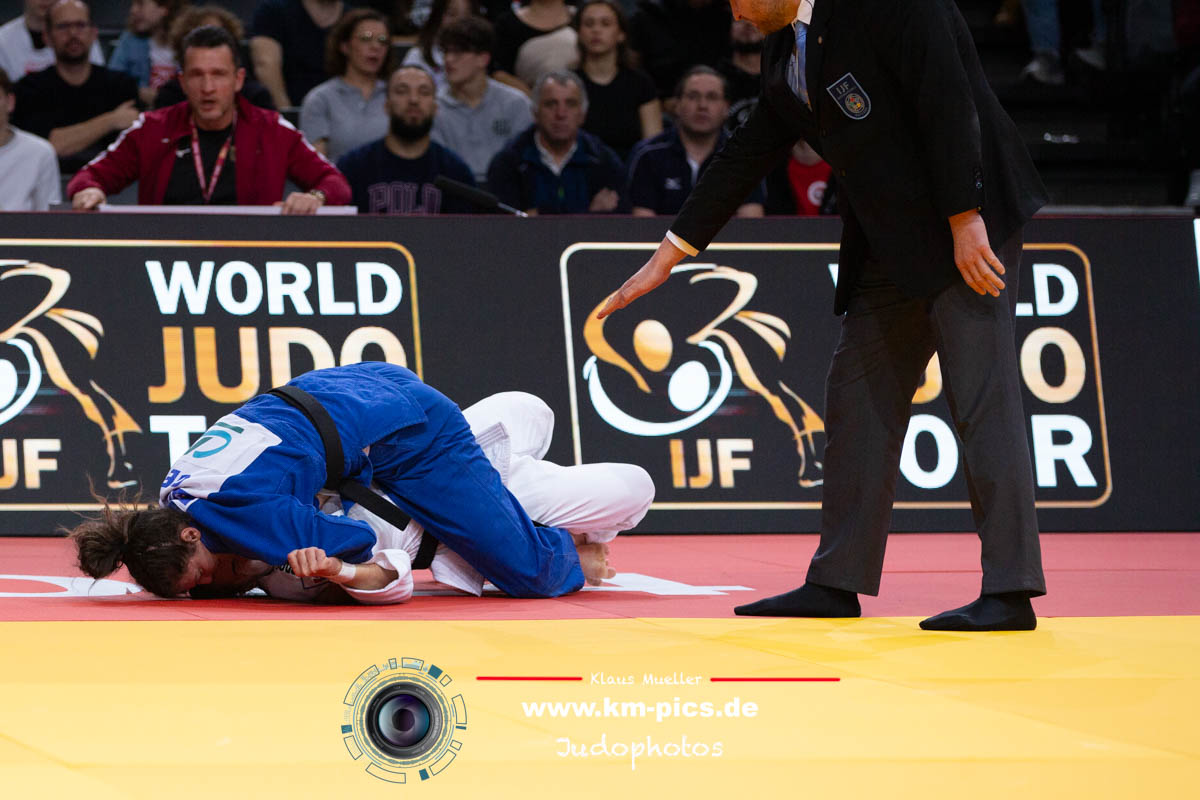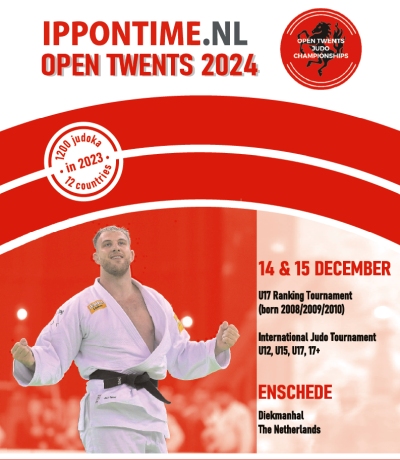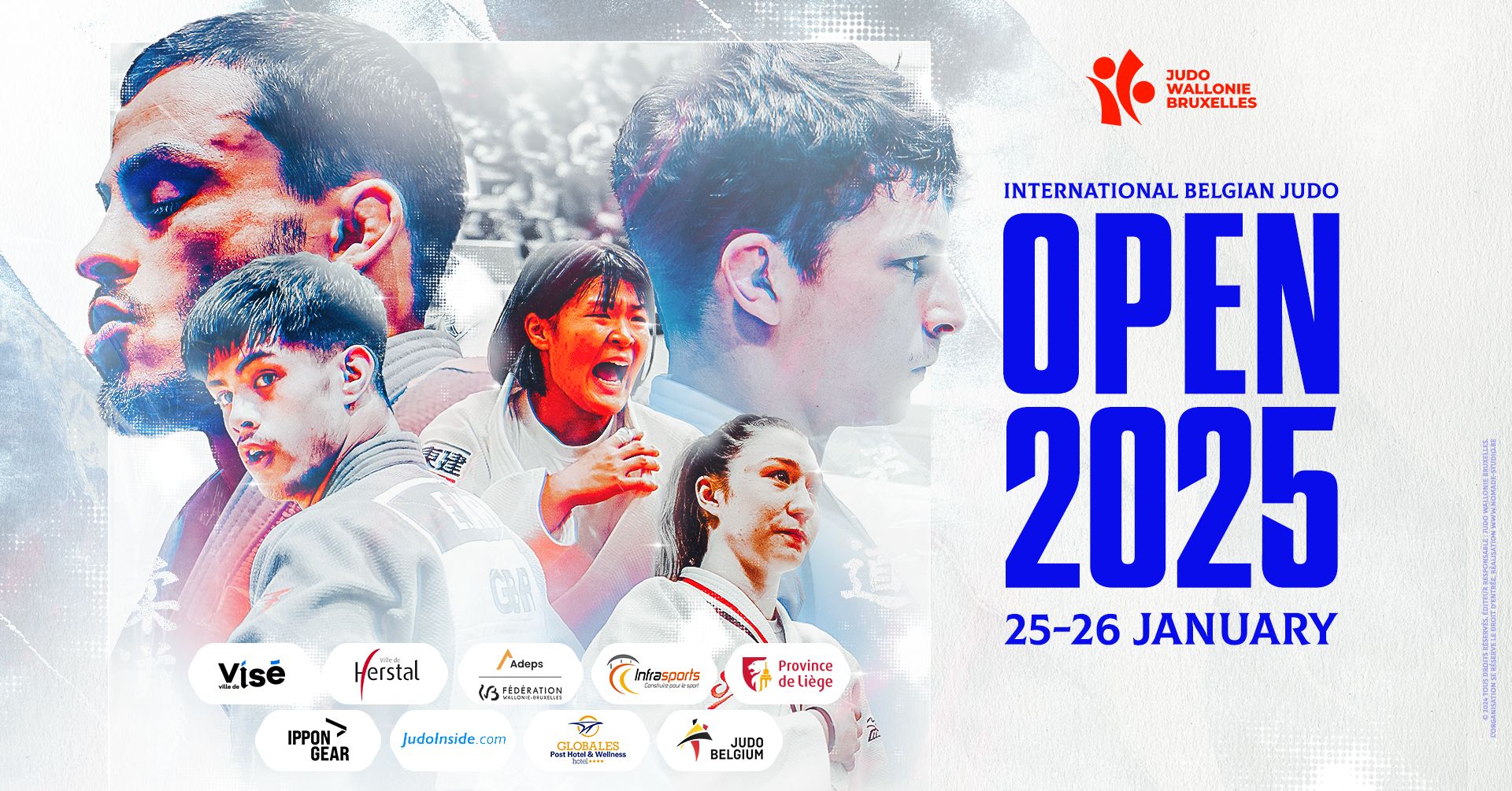Jimmy Pedro introduces the American Judo System

 30 Oct 2020 14:15
30 Oct 2020 14:15
 by Oon Yeoh of JudoCrazy
by Oon Yeoh of JudoCrazy
 JudoInside.com - Hans van Essen / judo news, results and photos
JudoInside.com - Hans van Essen / judo news, results and photos
Jimmy Pedro and Travis Stevens are about to launch a new website called the American Judo System In this exclusive interview, Oon Yeoh of JudoCrazy spoke to Jimmy about this new endeavor. Today Jimmy turned 50, what a time to introduce something new.
Jimmy Pedro was 1999 World Champion who competed at four Olympic Games. In 1996 and 2004 Olympic he was bronze medallist. "Jimbo Nuts" made his comeback in 2003 after he retired and won bronze in Athens. Jimmy, was successful coach of the US team and he won world and Olympic titles and medals. Pedro was inducted into the IJF Hall of Fame in 2018.
JIC: This website is called American Judo System (AJS) but the web address is usajudo.com. Can you explain why?
JP: The usajudo.com URL was available for sale and we made a bid for it because we thought it’s a valuable web address to have, and we decided to use it for American Judo System. USA Judo (the governing body) does not own that URL and has nothing to do with our website.
JIC: What’s the main reason you guys decided to create AJS?
JP: Over the years, a lot of people have wondered how we have managed to have the kind of success we’ve had in international competitions given that there are fewer than 10,000 active judokas in the US. And they are dispersed all over the place. People don’t train together and a lack of training partners is a persistent problem. So, how did we do it? What’s our secret sauce? We decided the best way to show how we did it would be through the medium of video on our website.
JIC: Will it be mainly instructional videos?
JP: There will be that but we won’t just be teaching techniques. We will also teach how techniques should be taught. We will be teaching a system. We believe strongly in gripping, in sequential newaza, in drilling and in mental toughness. We have a system that works. AJS will be the platform for us to share this with the world.
JIC: How do you plan to differentiate AJS from say, Judo Fanatics or Fighting Films?
JP: Judo Fanatics and Fighting Films make videos about specific techniques by specific champions. AJS will be much broader. There will be technical videos, for sure, but there will be much more than that. We will also have live sessions where people can write in and ask questions. You’ll be part of an online community, part of our judo family.
We also plan to train coaches on how to teach players effectively. We’ll even teach them how to run a successful dojo — how to market and run a judo academy, how to manage a website and social media pages, how to develop a curriculum. There will be all that and much more. Eventually, we want to be able to help judokas around the world by making it possible for them to do their grading online and get coaching certifications through our website. It will be a complete online judo academy.
JIC: When you talk about a “system” what are you referring to actually?
JP: I learned a lot from my dad who has a somewhat militaristic approach to judo. He believes in discipline and hard work. But above all, he believes in a system. At Pedro Judo Center, we have a gripping system, which is basically a systematic way to put your hands on your opponent so that you always have the advantage. By controlling the grips, you are able to nullify your opponent’s strength and increase your chances of winning.
When it comes to newaza, we believe in learning things sequentially, that is you learn to transition from one movement to another. Once you develop a good feel for newaza, you will be able to control your opponent, you will know what their escape options are and you will be able to stop them from escaping.
The way we train is different from that of major judo nations. We don’t have a lot of players in the US. We can’t do 15 rounds of randori like the Japanese because no judo club has 15 suitable training partners for each player. So, we do situational randori, we work on intensity, we do systematic gripping, we drill on transitions. Our approach is unconventional but it’s been proven to work. This system needs to be shared with the world. And that’s what we’re going to do with AJS.
JIC: What are your short-, medium- and long-term aspirations for AJS?
JP: One of the flaws of judo in America is that none of the coaches are on the same page. A lot of the athletes who make it to the national stage don’t actually have good fundamentals. So, our short-term goal is to not only teach athletes but also to teach coaches how to teach judo in a systematic way.
In the medium term we want to help teach people how to run better dojos. Since I was two years old, I’ve been around a dojo. And since 1996, I’ve been running a dojo. We want to help train coaches around the world how to run strong clubs and implement a system that allows them to get the most out of their athletes.
Our long-term goal is all encompassing. We want to offer judokas everywhere, everything they need, from white belt level all the way up to Olympic level. We want to give judokas, especially those in remote places, access to the best information and the best instructors that they otherwise would not have access to. Initially the instructors will be Travis and myself but eventually we want to bring in other top instructors. In short, we want to be an “everything judo” site.
JIC: You’ve trained many judo champions over the years but Travis is the one you ended up doing business with. Why him?
JP: He’s the one who showed keen interest in doing business with me. He doesn’t have a college degree but he has a work ethic unlike anyone I know. After his success at Rio 2016, we had a long talk about his future. He was thinking about competing through to Tokyo 2020 but I asked him, “Even if you manage to win gold in 2020, will it make a big difference?” What if he doesn’t make it? Then he would have wasted four years of his life and he would be in a bad state of mind coming out of that. In contrast, in 2016, he was on top of the world with his Olympic silver medal.
He decided to join Fuji Sports, of which I’m a co-owner. We put him in charge of social media and marketing. He really put in a lot of effort to learn that stuff, taking online courses and learning all that he could about marketing. Not only does he work for Fuji Sports, he’s also a partner in Project 2024, an instructor at my dojo, and he’s involved in Judo Fanatics. So, he’s making a good living doing judo-related stuff.
JIC: You mentioned Fuji Sports. Can you tell us a bit about it?
JP: I’m a 50% partner in Fuji Sports. We’re the No. 1 jujitsu brand in the world. In the USA, we are also the biggest brand for judo. We offer Mizuno, Ippon Gear and our own Fuji judogis. We also sell all kinds of merchandise including rashguards, bags, shirts, hoodies. We also have Fuji Mats which is No. 1 in the jujitsu, grappling and MMA space. We can design gyms from floor to ceiling.
JIC: What is the dynamic like between you and Travis, now that you are business partners whereas before, you were his coach and he was your student?
JP: It’s no different. I think he still looks at me as his mentor and technically, I am his boss at Fuji Sports. But with AJS we are partners and it works out well because we complement each other. We each have our own strengths and weaknesses. He covers my weaknesses and I cover his. But we have some things in common too. We both work hard and we both love judo.
JIC: It’s interesting that you are not actually involved in USA Judo and are not the coach of the US judo team, given your success as a competitor and a coach. Can you talk a bit about that?
JP: Something a lot of people don’t realize is that there is no such thing as a paid head coach position in the USA. There’s no budget for it. For eight years, between 2009 and 2016, I was essentially a volunteer head coach. I had worked with a group of young players from 2004 to 2009 — this includes players like Ronda Rousey, Kayla Harrison, Travis Stevens, Nick Delpopolo, Garry St. Leger —and I had made a commitment to them, so I wanted to see it through. Some of them moved up to my dojo and USA Judo gave us a stipend but it was not a salary to feed a family on.
After Rio 2016, I told the new executive director of USA Judo that if they really wanted to keep the success going, they needed to find a budget for a national coaching staff, which includes a head coach, a head junior coach and a head cadet coach. I told them I couldn’t afford to be a volunteer anymore. Well, they didn’t find the money. It’s unfortunate but I owed it to my family and to myself to no longer do this as a hobby. Now, if you look at their program there’s nothing cohesive about it. Nothing’s centralized. And not surprisingly, they’re not getting any results.
JIC: Will the US produce another Jimmy Pedro, Kayla Harrison or Travis Stevens anytime in the foreseeable future?
JP: Without a professional coaching staff, the answer is no. Could there be some amazing talent out there who is based in Japan and is able to represent the USA in judo? Possibly. But short of that, it won’t happen. We just don’t have a system in this country to develop a world-class judo athlete. World judo is now too mature and professional for a recreational team to have success in the IJF circuit. So, no, it won’t happen unless something drastically changes within USA Judo.
JIC: Earlier, you briefly mentioned Project 2024. What’s that about?
JP: Travis and I started this in 2017 after it was decided I wasn’t going to be a coach of USA Judo any longer. Our goal was to help prepare a team for the 2024 Olympics, which we thought would be awarded to LA. If that had happened, as the host nation, we would have been able to field a full team. We figured it would take seven years to get a team ready for that. So, we tried to identify a bunch of 14- to 18-year olds, who would be between 21 and 25 by the time 2024 rolls around. But as it turned out, Paris got the 2024 Games. LA has a good chance for 2028, so Project 2024 will probably become Project 2028, which is just as well. Right now, we are not involved in USA Judo but by 2028, things may change and I may be in a different position of power by then.
 like
like
 share
share
